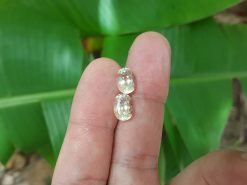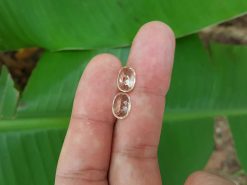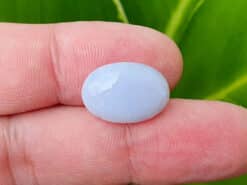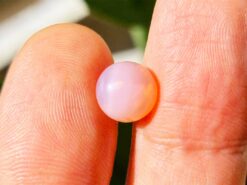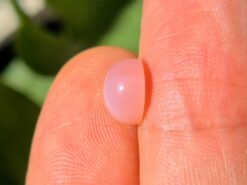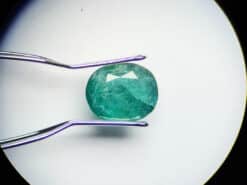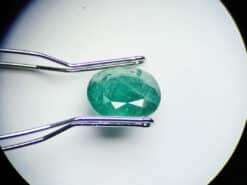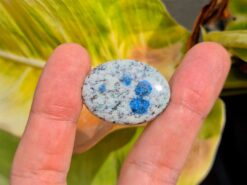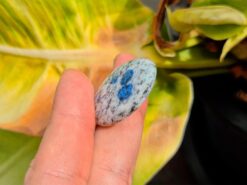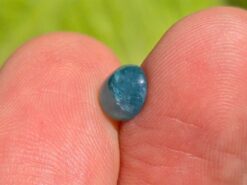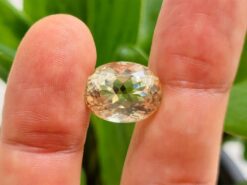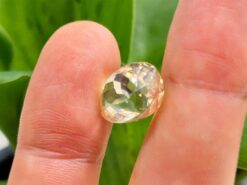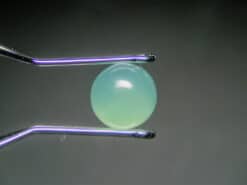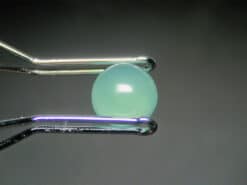Azurite
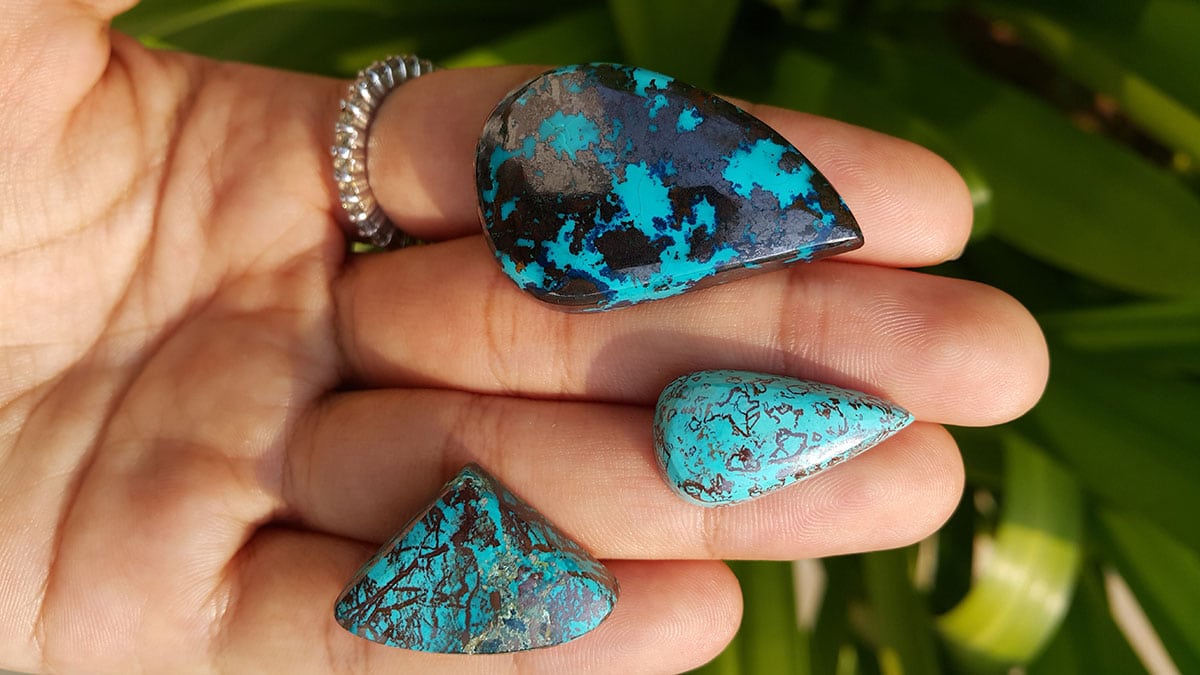
Buy natural gemstones in our shop
Azurite stones
Natural azurite is a soft, deep blue copper mineral produced by weathering of copper ore deposits. It is also known as Chessylite after the type locality at Chessy-les-Mines near Lyon, France.
The mineral, a carbonate, has been known since ancient times, and was mentioned in Pliny the Elder’s Natural History under the Greek name kuanos (κυανός: “deep blue,” root of English cyan) and the Latin name caeruleum. The blue of azurite is exceptionally deep and clear, and for that reason the mineral has tended to be associated since antiquity with the deep blue color of low-humidity desert and winter skies.
The modern English name of the mineral reflects this association, since both azurite and azure are derived via Arabic from the Persian lazhward, an area known for its deposits of another deep blue stone, lapis lazuli.
The stone is one of the two basic copper carbonate minerals, the other being bright green malachite. Simple copper carbonate is not known to exist in nature.
The stone has the formula Cu3(CO3)2(OH)2, with the copper cations linked to two different anions, carbonate and hydroxide. Small crystals of azurite can be produced by rapidly stirring a few drops of copper sulfate solution into a saturated solution of sodium carbonate and allowing the solution to stand overnight.
Azurite crystals are monoclinic. Large crystals are dark blue, often prismatic. Specimens can be massive to nodular. They are often stalactitic in form. Specimens tend to lighten in color over time due to weathering of the specimen surface into malachite. It is soft, with a Mohs hardness of only 3.5 to 4.
The specific gravity of azurite is 3.77 to 3.89. It is destroyed by heat, losing carbon dioxide and water to form black, copper(II) oxide powder. Characteristic of a carbonate, specimens effervesce upon treatment with hydrochloric acid.
Color
The optical properties of minerals such as azurite and malachite are characteristic of copper. Many coordination complexes of copper exhibit similar colors. As explained within the context of ligand field theory, the colors result from low energy d-d transitions associated with the d9 metal
Azurite meaning and healing properties
The following section is pseudo scientific and based on cultural beliefs.
In crystal healing, it is a gem when it comes to enhancing creativity and inner wisdom because it cleanses and activates the third eye chakra. To channel the healing properties, place it in your office or studio for a constant flow of its powerful energy.
Sample from Africa
FAQ
What is azurite worth?
A relatively pure, large stones in raw form could cost you thousands of dollars. Basically, the purer the stone, the higher its value. Even a relatively small raw piece of pure crystal could cost you $20-$60. Small tumbled specimens will have a similar price.
What does azurite symbolize?
The stone in shades of Indigo combines the intuition of the violet ray with the trust of the pure blue ray. It brings wisdom, truth, dignity and spiritual mastery. A stone of judgment and long life, it promotes introspection and can result in profound wisdom when used well.
Does azurite turn into malachite?
It can appear in over 45 different forms. This stone changes in response to air, slowly turning into malachite over time.
What is azurite used for spiritually?
The stone is very effective to help you to activate your third eye chakra, and it also resonates within the crown chakra. It has a strong spiritual action that will stimulate psychic gifts such as clairvoyance, channeling and intuition.
What chakra is gemstone azurite?
Metaphysically, The crystal is a lovely Third Eye Chakra stone, awakening psychic abilities and helping you to recognize intuition and spiritual guidance when it occurs.
How can you tell real azurite?
The most diagnostic property is it distinctive deep blue color. It is also soft with a Mohs hardness of only 3.5 to 4. It contains copper, which gives its blue color and a specific gravity of 3.7 to 3.9, which is exceptionally high for a non-metallic mineral.

